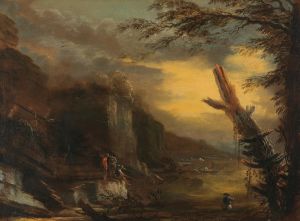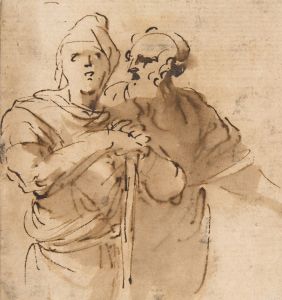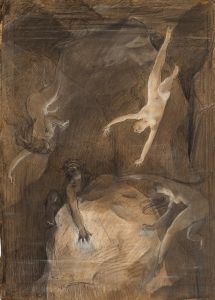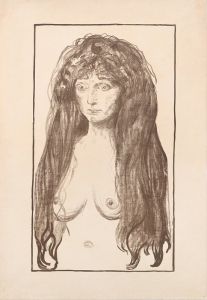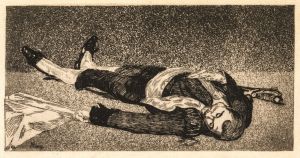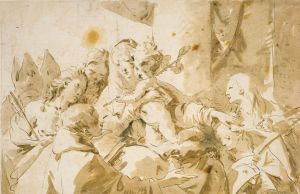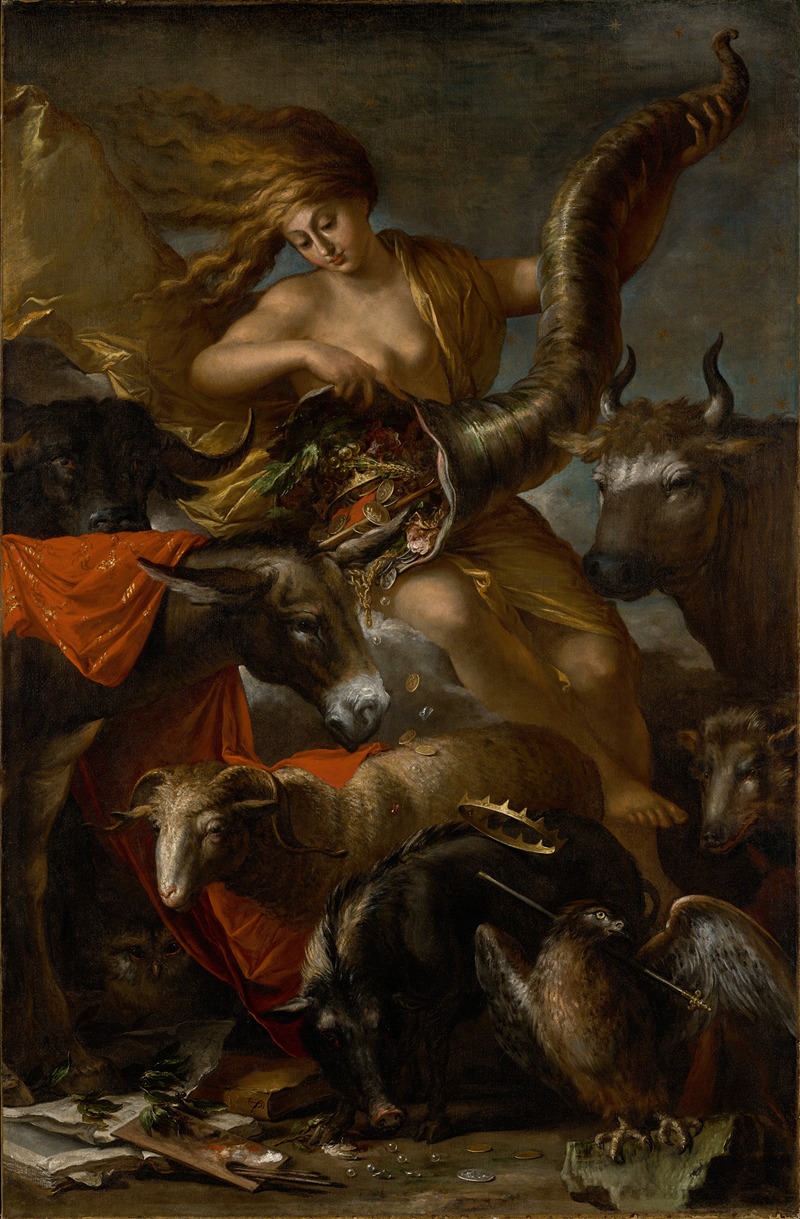
Allegory of Fortune
A hand-painted replica of Salvator Rosa’s masterpiece Allegory of Fortune, meticulously crafted by professional artists to capture the true essence of the original. Each piece is created with museum-quality canvas and rare mineral pigments, carefully painted by experienced artists with delicate brushstrokes and rich, layered colors to perfectly recreate the texture of the original artwork. Unlike machine-printed reproductions, this hand-painted version brings the painting to life, infused with the artist’s emotions and skill in every stroke. Whether for personal collection or home decoration, it instantly elevates the artistic atmosphere of any space.
Allegory of Fortune is a painting by the Italian Baroque artist Salvator Rosa, created around 1658–1659. The artwork is an allegorical depiction of the concept of fortune, a theme frequently explored in art and literature during the Baroque period. Rosa, known for his dramatic landscapes, philosophical themes, and satirical works, brought his distinctive style and intellectual depth to this painting.
The painting portrays the figure of Fortune as a partially nude woman, seated precariously on a large, unstable sphere, symbolizing the unpredictability and instability of fate. She is surrounded by various objects and symbols that represent wealth, power, and the fleeting nature of worldly success. The composition is dynamic and chaotic, reflecting the capricious nature of fortune itself. Rosa's use of chiaroscuro, with dramatic contrasts of light and shadow, enhances the emotional intensity of the scene.
Salvator Rosa was deeply influenced by the intellectual and cultural currents of his time, including Stoicism and skepticism, which often informed his works. In Allegory of Fortune, he critiques the arbitrary nature of fortune and the human obsession with material gain. The painting can be interpreted as a philosophical meditation on the transience of life and the futility of relying on luck or external circumstances.
The painting is notable for its bold and unconventional approach to allegory. Unlike traditional depictions of Fortune as a benevolent or neutral figure, Rosa's Fortune appears indifferent, even cruel, emphasizing the harsh realities of life. This perspective aligns with Rosa's reputation as a maverick artist who often challenged artistic and societal norms.
Allegory of Fortune is housed in the J. Paul Getty Museum in Los Angeles, California. The museum acquired the painting in 1971, and it remains an important part of their collection. The work is celebrated for its technical mastery, intellectual depth, and its ability to provoke thought and discussion about the nature of fate and human existence.
Salvator Rosa's Allegory of Fortune continues to be studied and admired for its innovative approach to allegory and its reflection of the artist's philosophical and artistic concerns. It stands as a testament to Rosa's skill as a painter and his engagement with the intellectual debates of his era.







